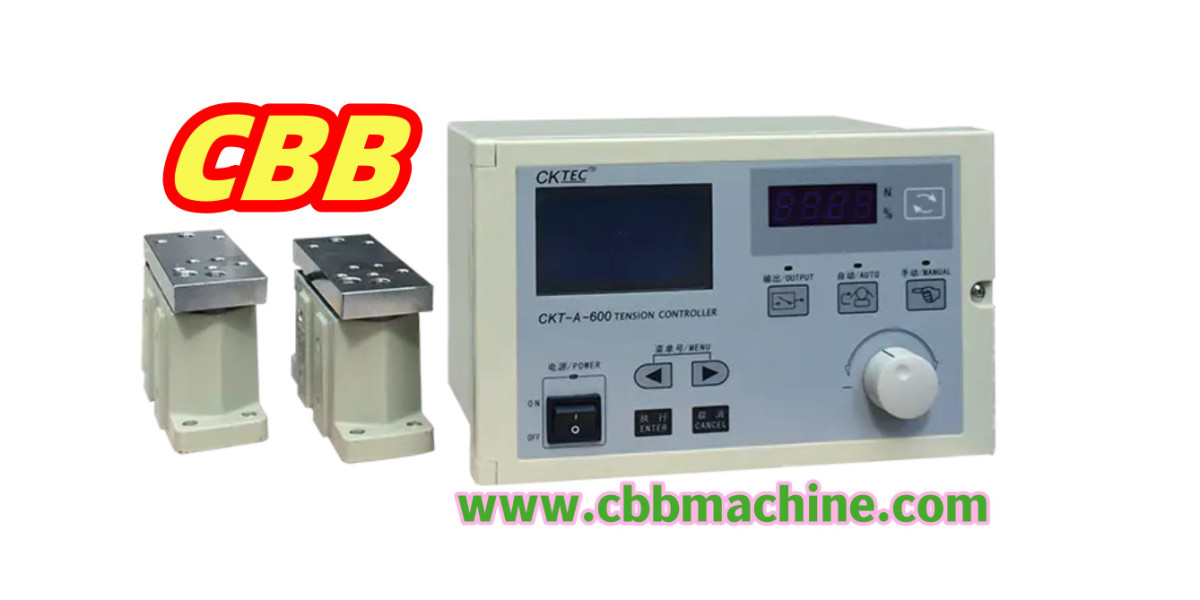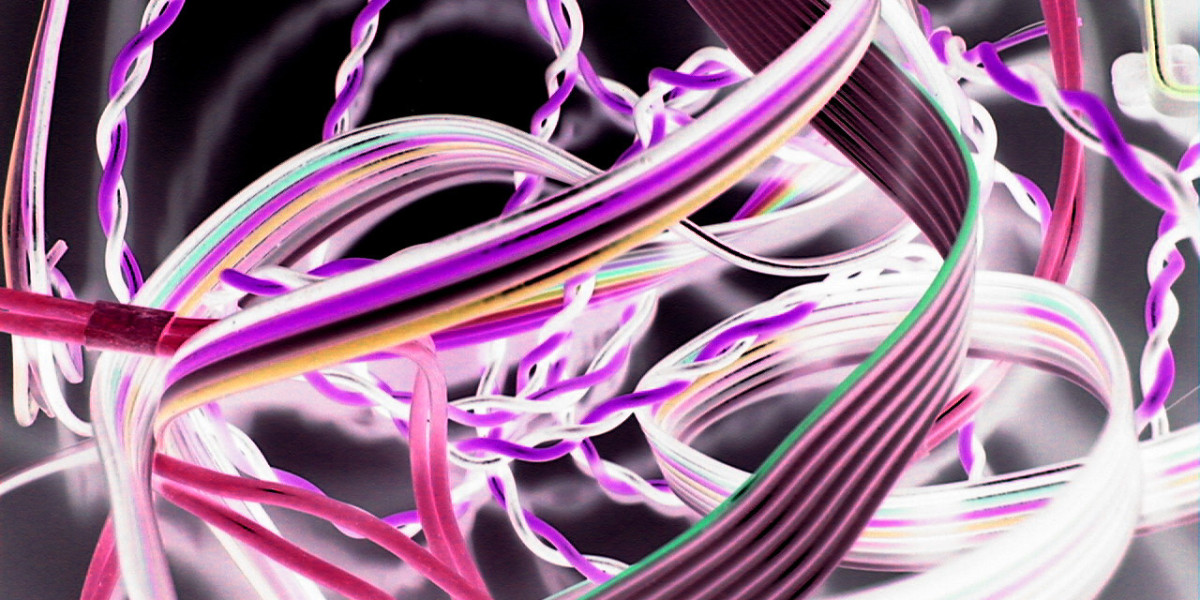Every production line that works with film, paper, foil, or textile relies on the accuracy of tension management. Without consistent control, quality shifts rapidly, defects accumulate, and output becomes unpredictable. The introduction of the Tension Controller created by Cbbmachine has brought renewed attention to how digital correction and mechanical response can merge into one stable force. Instead of relying on manual adjustments or inconsistent mechanical brakes, factories increasingly turn toward electronic coordination that responds instantly to load variation, speed transitions, and material differences. The concept is not limited to high-tech production floors. Any line that winds or unwinds a flexible substrate benefits from predictable and repeatable tension behavior that does not depend on operator guesswork.
A well-engineered control unit constantly monitors feedback signals from sensors. These sensors detect material pull force and adjust brake or drive load accordingly. A steady line never appears dramatic, yet the absence of tension spikes speaks to its precision. When tension varies even slightly, wrinkles, stretching, or core deformation may appear downstream. A responsive controller prevents such defects before they form, creating a quiet improvement that can be felt in customer inspection and minimized waste. The value is not only in product quality but in the confidence it delivers to operators, who no longer need to react to every shift manually.
Modern production often includes multiple winding stations, each with different diameter changes and torque demands. A thoughtful tension control strategy accounts for changing roll size, acceleration phases, and emergency stops. By anticipating these conditions, the controller makes micro-adjustments that keep line force evenly distributed. This smoothness helps reduce vibration and mechanical stress in shafts, bearings, and guiding rollers. Over time, it also extends equipment life and reduces maintenance urgency.
Another advantage lies in flexible control logic. A single controller may work with powder brakes, magnetic brakes, servo-driven unwind systems, or hybrid setups containing both motors and clutches. When a production line changes material, operators simply call up a preset instead of recalculating settings from scratch. This adaptability supports small batch runs and quick shift cycles without risking material waste during setup. Engineers appreciate the clarity that digital systems provide, while technicians value the reduced troubleshooting time.
Communication between the controller and external systems has also become more streamlined. Many units support industrial interfaces, allowing tension settings to be synchronized with speed controllers, inspection cameras, and machine monitoring platforms. This creates a synchronized environment where every part of the machine reacts to shared information rather than isolated commands. In this way, tension control acts as part of a connected platform rather than a standalone module.
Operators experience practical benefits as well. Manual efforts, such as turning knobs or monitoring roll diameter visually, gradually disappear from daily tasks. Instead, attention shifts to material verification, splice checks, and quality audits. The controller handles force regulation autonomously, leaving human labor to focus on critical decisions rather than repetitive compensation action. This shift not only improves efficiency but also lowers stress in high-speed environments.
The result of refined tension regulation shows itself in subtle ways. Edge alignment stays correct through long runs. Laminated layers bond without bubbles or ripples. Adhesive coatings maintain even thickness. These improvements become building blocks of reliable manufacturing rather than isolated achievements.
If tension is the unseen force connecting every roll to its destination, then curiosity may act in the same hidden way. Let it pull gently toward the source of industrial steadiness. Follow that pull to a single moment where one click releases new control insight at https://www.cbbmachine.com/news/industry-news/tension-controller-types-importance-applications-and-more.html






